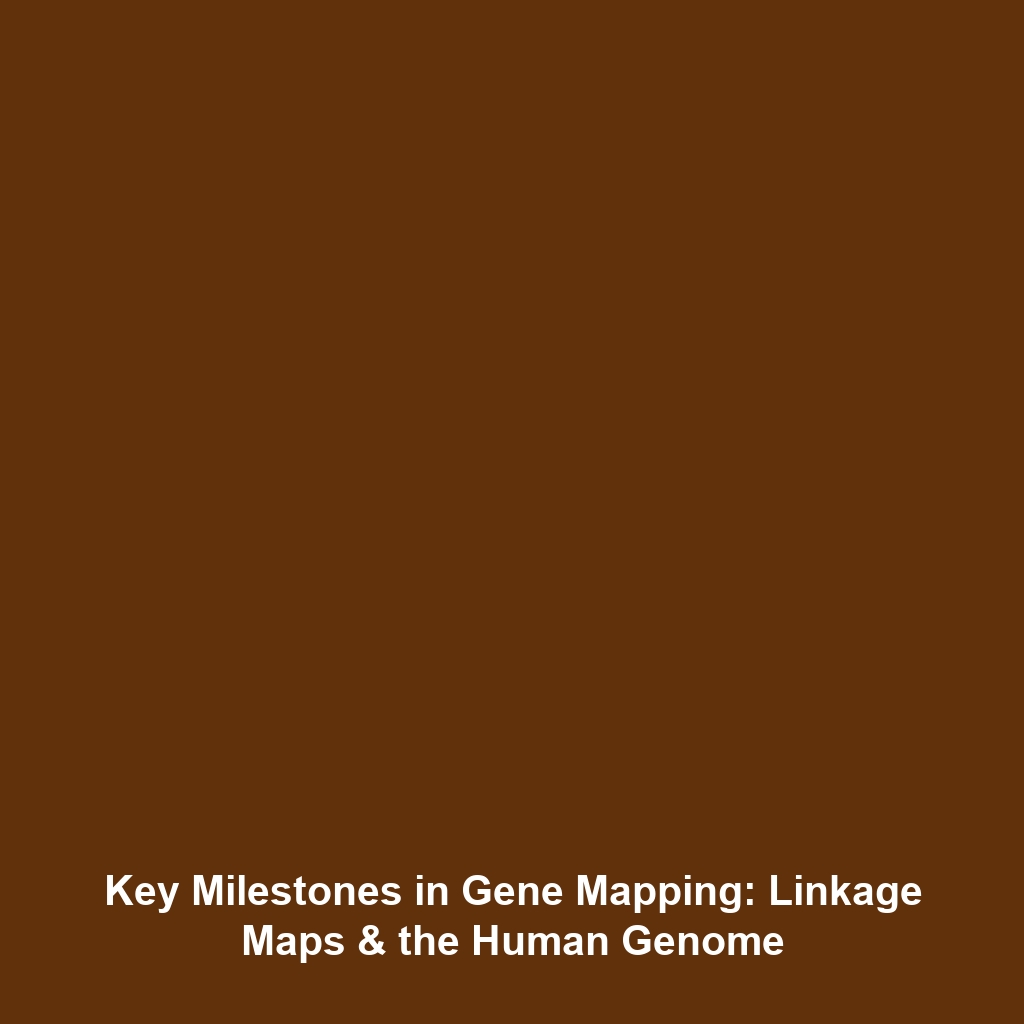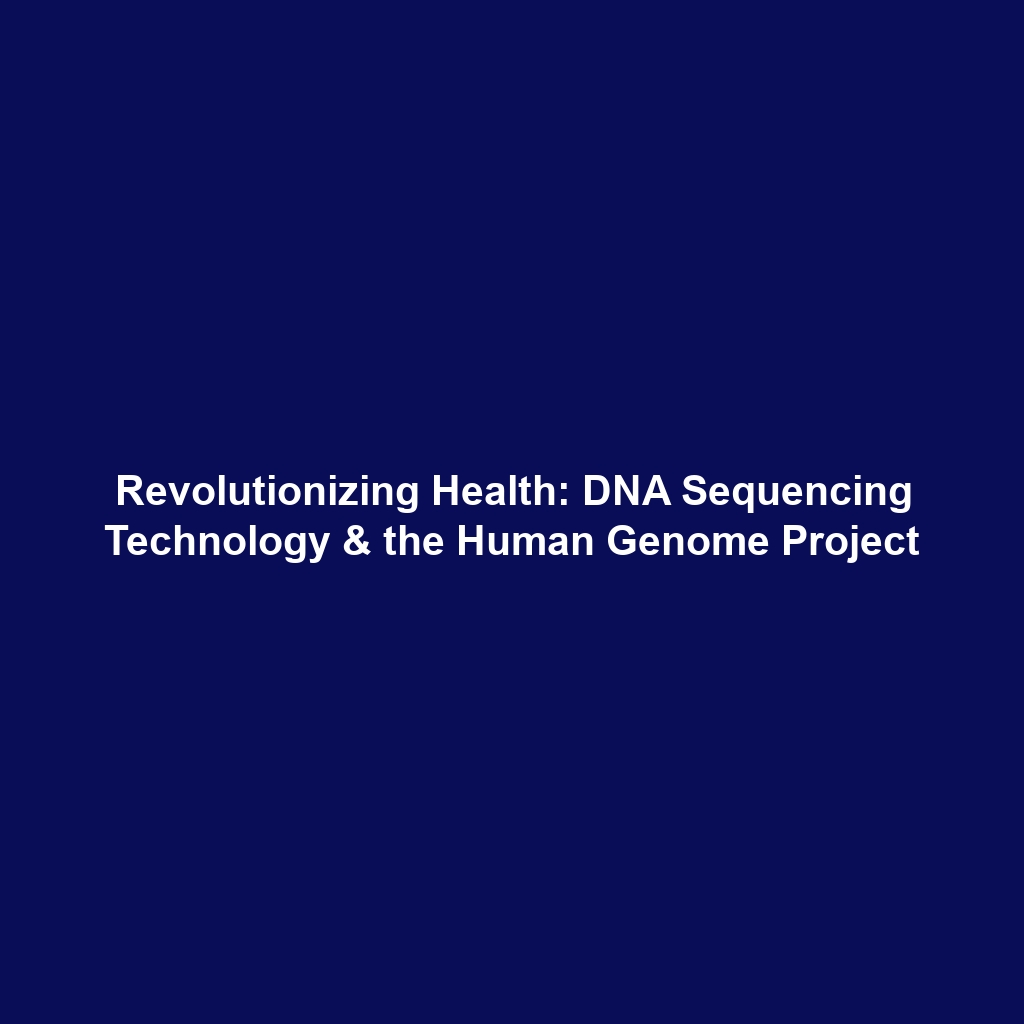<>
The Human Genome Project and Advancements in Sequencing Technology
The Human Genome Project (HGP) has been a cornerstone in the field of genomics, revolutionizing how scientists understand genetic material. One of its most significant impacts is the advancement of sequencing technology. From the pioneering Sanger Sequencing method to the high-throughput capabilities of Next-Generation Sequencing (NGS), these developments have accelerated biological discoveries and personalized medicine. This article delves into the key concepts, applications, challenges, and future prospects of sequencing technology stemming from the Human Genome Project.
Key Concepts in Sequencing Technology
Sanger Sequencing
Sanger Sequencing, developed by Frederick Sanger in the 1970s, is known as the first method to be widely adopted for DNA sequencing. It relies on chain-termination techniques and allowed for the sequencing of small fragments of DNA. This method was pivotal during the early stages of the Human Genome Project.
Next-Generation Sequencing (NGS)
Next-Generation Sequencing (NGS) represents a quantum leap in sequencing technology, enabling the simultaneous processing of millions of DNA fragments. This method drastically reduces the time and costs associated with genome sequencing, making large-scale projects feasible. NGS technologies have since become essential tools in both research and clinical settings, expanding the possibilities for genomic benchmarking and analysis.
Applications and Real-World Uses
The advancements in sequencing technology have profound real-world applications, particularly within the context of the Human Genome Project. Some notable examples include:
- Medical Diagnostics: Sequencing technologies are utilized to identify genetic disorders, allowing for early diagnosis and tailored treatment plans.
- Personalized Medicine: The integration of NGS in clinical settings supports personalized therapies, where treatments are customized based on an individual’s genetic makeup.
- Oncology: Sequencing is instrumental in cancer research, aiding in the identification of mutations that drive tumor growth, thereby influencing therapeutic strategies.
Current Challenges in Sequencing Technologies
Despite the rapid advancements, several challenges persist in the application of sequencing technology within the scope of the Human Genome Project:
- Data Management: The enormous volume of data generated by NGS poses challenges in storage, analysis, and interpretation.
- Cost Barriers: Although costs have decreased, access to sequencing technologies remains limited in many regions.
- Ethical Considerations: Issues surrounding consent, privacy, and the ethical use of genetic information continue to evolve.
Future Research and Innovations
The future of sequencing technologies is filled with exciting possibilities. Research is underway to enhance the accuracy and efficiency of NGS, including:
- Single-Cell Sequencing: New technologies are being developed to sequence the genomes of individual cells, which could transform our understanding of cellular diversity.
- Real-Time Sequencing: Innovations in portable sequencers are being explored, promising immediate results for field applications and clinical settings.
- Integration with AI: The application of machine learning to genomic data analysis aims to improve interpretations and predictions of genetic diseases.
Conclusion
The advancements in sequencing technology, particularly from Sanger Sequencing to high-throughput Next-Generation Sequencing (NGS), have dramatically influenced the landscape of genomics and personalized medicine. Understanding these developments is crucial for scientists and healthcare professionals alike. For further reading, consider exploring our articles on personalized medicine and advancements in genomic research.




